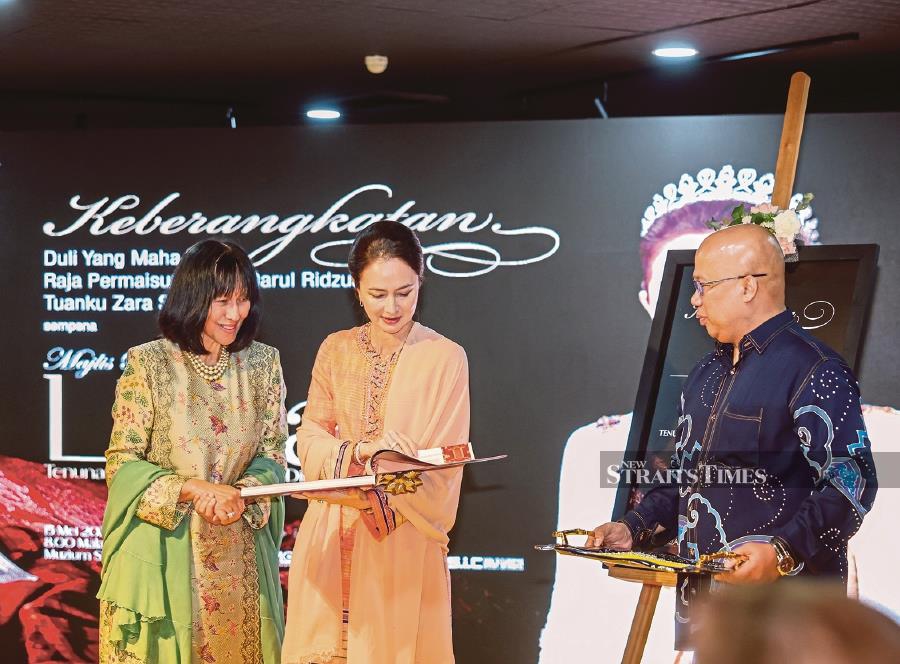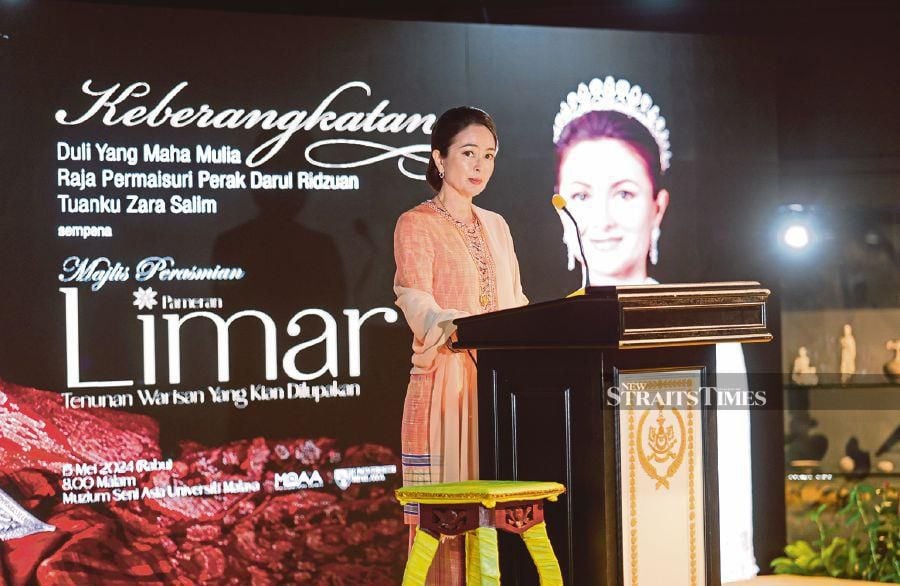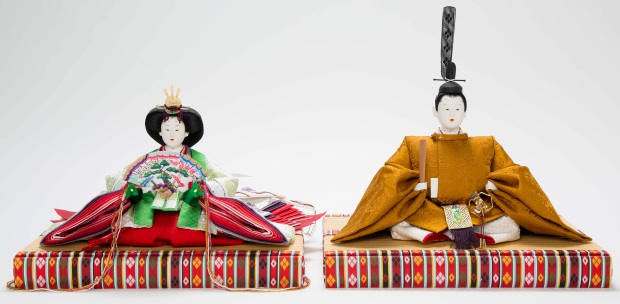RAJA Permaisuri Perak Tuanku Zara Salim is calling for enhanced efforts to uphold the reputation of traditional local fabrics.
This would inspire more textile designers to come up with fabric designs that showcase the nation's identity.

Tuanku Zara said this recently when opening The Forgotten Tradition Of Limar Weaving Exhibition at Muzium Seni Asia, Universiti Malaya, Kuala Lumpur.
Touching on the need to mobilise a comprehensive effort to revive traditional fabrics, she said the museum's initiative to document the limar fabric collection through such a showcase is thus praiseworthy and a step towards reviving our dying cultural art forms.
"Limar is one of the Malay woven silk fabrics produced through sophisticated techniques which involve using tie-dye weft yarns, but is lesser known today unlike other traditional fabrics of the Malay world such as songket and batik," Tuanku Zara said in her speech.
In Peninsular Malaysia, limar was produced and known mostly in Kelantan, Terengganu, northern Perak and Pattani (in Thailand).

Tuanku Zara said one reason why limar is a dying art today is its complex production process, which requires the use of costly materials such as quality silk yarns, imported dye as well as gold thread.
The four-month exhibition, which ends on Aug 24, allows visitors to appreciate 78 pieces belonging to the museum, showcasing different motifs and production techniques.





